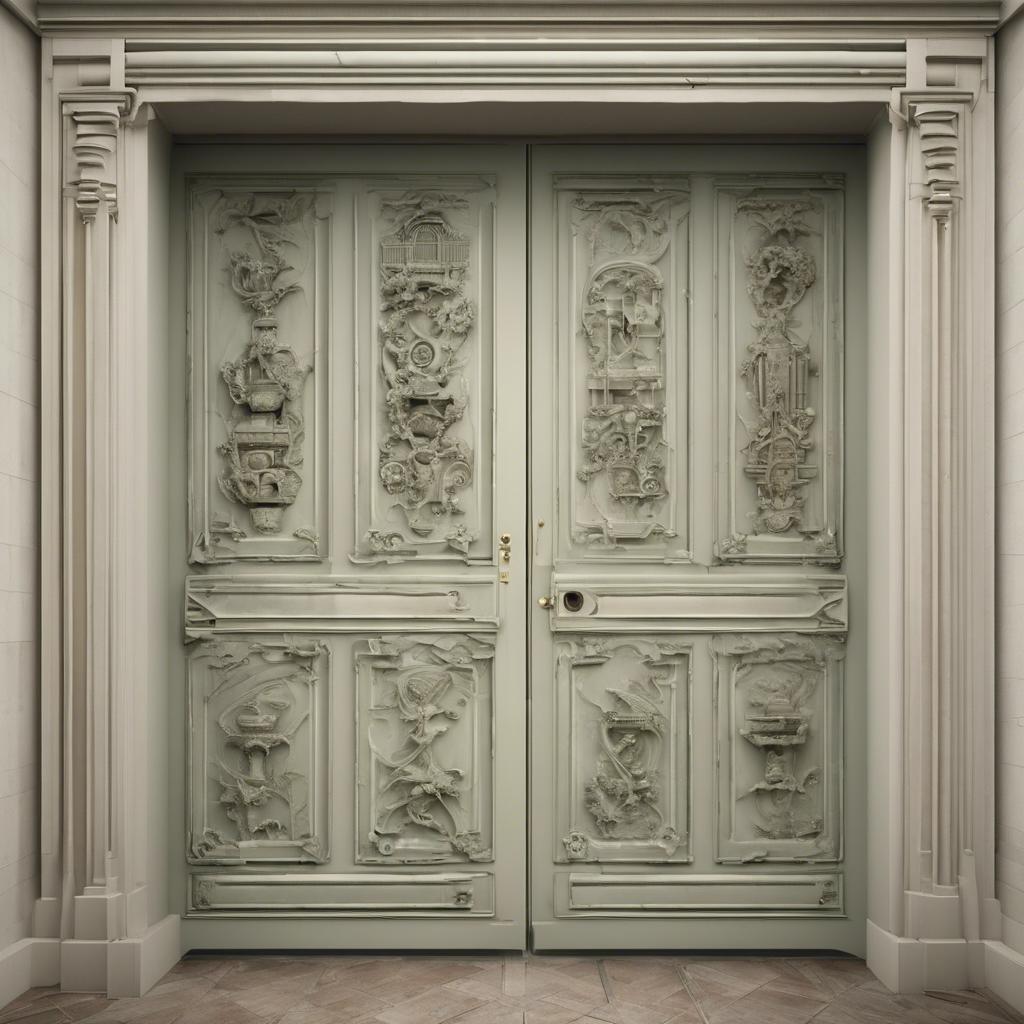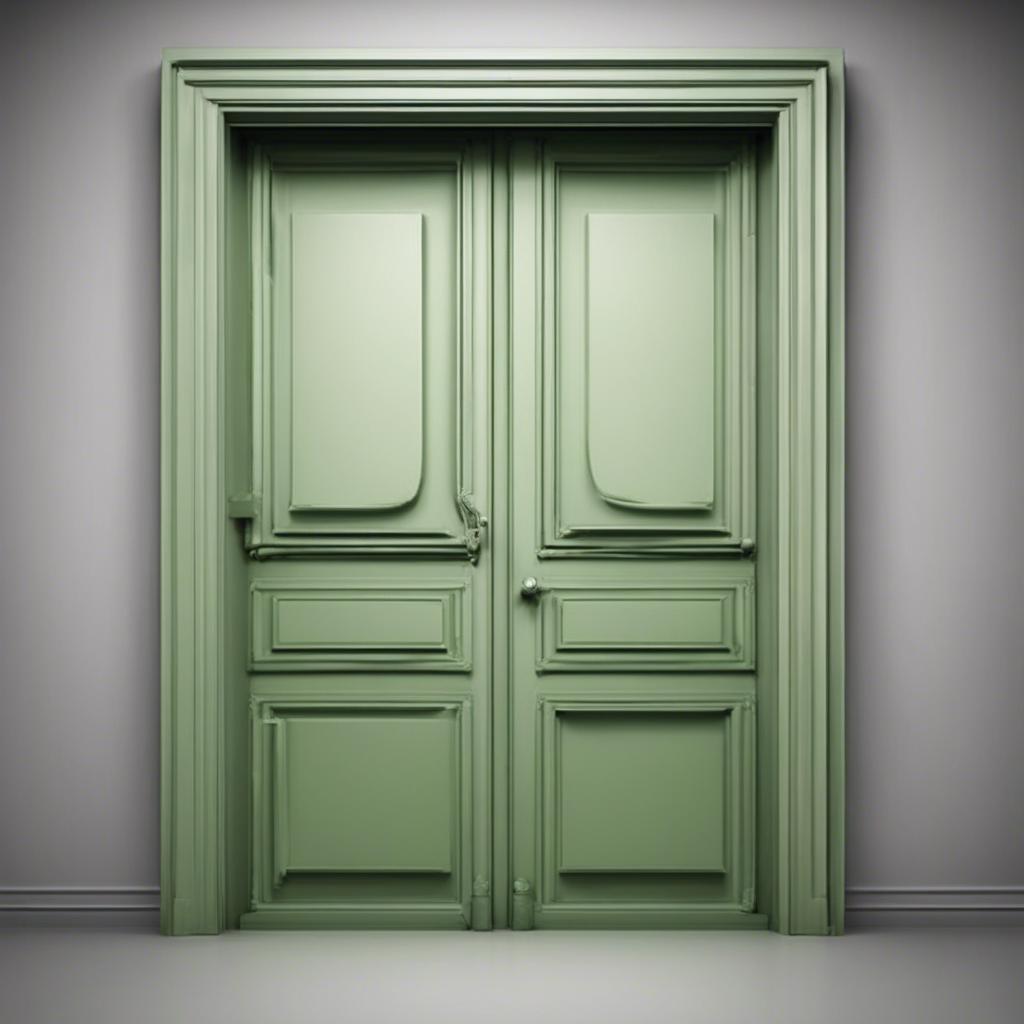In the realm of architectural history, the baize doors“>baize door holds a unique and fascinating place. Often overlooked amidst the grandeur of grand entrances and ornate facades, this unassuming yet essential feature has a rich and storied past. In this article, we delve into the origins, construction, and significance of the baize door, shedding light on a once ubiquitous element of interior design that continues to quietly shape our built environment.
Step Into the World of Cheryl Bolen
Dive into the enchanting stories of love, intrigue, and elegance set in the Regency Era. Cheryl Bolen's novels offer timeless romance and captivating tales that will leave you wanting more.
Explore Cheryl Bolen's Books Now
The Origin and History of Baize Doors
Baize doors have a rich history that dates back to the 18th century. These doors were originally crafted using a fabric called baize, which is a type of coarse, woolen material that was commonly dyed green. The fabric was attached to a wooden frame to create a door that was not only functional but also aesthetically pleasing.
The use of baize doors became popular in Europe, particularly in the United Kingdom, where they were commonly used in traditional English homes and estates. Baize doors were often found in libraries, drawing rooms, and other formal areas of the house, providing a touch of elegance and sophistication to the interior decor.
Over time, the manufacturing process of baize doors evolved, with modern versions now using a variety of materials in addition to baize, such as wood, glass, and metal. Despite these advancements, baize doors continue to be appreciated for their historical significance and classic design, making them a timeless choice for homeowners looking to add a touch of tradition to their living spaces.
Characteristics and Features of Baize Doors
Baize doors are a type of door made with a soft, felt-like material called baize. This material is typically green in color and provides a unique and elegant look to any room. Baize doors were popular in past centuries and were commonly used in aristocratic homes and historic buildings.
The main characteristic of baize doors is their ability to reduce noise and provide a sense of privacy due to the thickness of the material. The baize also adds insulation properties, helping to keep a room warm during colder months. Additionally, baize doors are known for their durability and longevity, often lasting for decades without losing their shape or color.
One of the key features of baize doors is their versatility. They can be used in various settings, from traditional to modern interiors, adding a touch of sophistication and class. Baize doors are also easy to maintain, requiring simple cleaning with a soft cloth and mild detergent. baize doors serve both practical and aesthetic purposes, making them a timeless choice for homeowners looking to add a touch of elegance to their living spaces.
Benefits and Considerations of Installing Baize Doors
Baize doors, which are also known as baize doors, are a type of door that is made from a heavy, stiff woolen material called baize. This material is typically green in color and is often used for its durability and sound insulation properties. Baize doors have been used for centuries in various buildings, including homes, offices, and public spaces.
One of the key benefits of installing baize doors is their ability to provide excellent sound insulation. The thick woolen material used in baize doors helps to absorb sound, making them ideal for rooms where noise reduction is important, such as libraries, offices, and music studios. Additionally, baize doors are durable and long-lasting, making them a practical choice for high-traffic areas.
When considering installing baize doors, it is important to keep in mind that they require regular maintenance to ensure their longevity. This includes periodic cleaning and the occasional reapplication of protective coatings to keep the material looking its best. It is also worth noting that baize doors may require professional installation due to their heavy weight and specialized construction. However, the benefits of sound insulation and durability make baize doors a worthwhile investment for those seeking a practical and long-lasting door solution.
Maintenance and Care Tips for Baize Doors
Baize doors are a type of door that has been around for centuries, known for their durability and classic look. These doors are made of a strong fabric called baize, which is typically made from a blend of wool and other fibers. Baize doors were commonly used in the past to provide privacy and warmth in homes and public buildings.
When it comes to maintaining and caring for baize doors, there are a few important tips to keep in mind. Firstly, regular cleaning is essential to keep the fabric looking its best. Use a soft brush or vacuum attachment to remove dust and dirt, being careful not to damage the fabric. Secondly, avoid using harsh chemicals or abrasive cleaners on baize doors, as this can cause damage to the fabric. Instead, opt for gentle, mild soap and water for cleaning.
Additionally, it’s important to protect baize doors from excessive moisture and humidity, as this can cause the fabric to warp or mold. To prevent this, consider using a dehumidifier in the room where the baize door is located. Lastly, be sure to inspect the door regularly for any signs of wear and tear, such as loose threads or fading. Addressing these issues promptly can help prolong the life of your baize door.
Concluding Remarks
the baize door has a long and fascinating history dating back centuries. Originally used for its practical insulating properties, it quickly became a symbol of status and elegance in the homes of the wealthy and noble. While its popularity may have waned in modern times, the baize door remains a unique and historically significant architectural feature that continues to captivate and intrigue. As we reflect on the craftsmanship and artistry that went into creating these doors, we are reminded of the rich tapestry of history that surrounds us in the built environment. Let us continue to appreciate and preserve these timeless pieces of our architectural heritage for future generations to enjoy.


